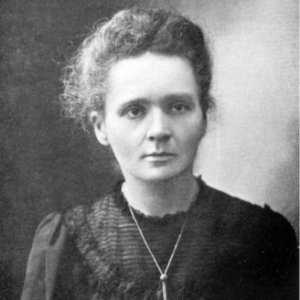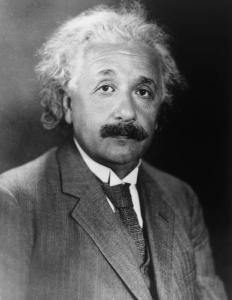 As is frequently discussed in the media, there are fewer women than men, on average, in STEM fields. As of 2011, less than a third of all STEM jobs in the US are held by women. Of course, today’s high water mark of 30% is a considerable improvement on the numbers for 20, 40, 100 years ago – women are undeniably making gains in the sciences. But why aren’t those gains faster? The availability of STEM education in K-12 schools and universities does not vary according to gender; why, given the same educational opportunities, do fewer women become scientists and engineers?
As is frequently discussed in the media, there are fewer women than men, on average, in STEM fields. As of 2011, less than a third of all STEM jobs in the US are held by women. Of course, today’s high water mark of 30% is a considerable improvement on the numbers for 20, 40, 100 years ago – women are undeniably making gains in the sciences. But why aren’t those gains faster? The availability of STEM education in K-12 schools and universities does not vary according to gender; why, given the same educational opportunities, do fewer women become scientists and engineers?
A study which came out earlier this year found that the gender gap in STEM starts at the undergraduate level. Many girls who are interested in STEM fields before college end up studying other things instead. Many possible explanations have been suggested for this trend. Perhaps young women are dissuaded by negative stereotypes about women in science; in some fields, they may also be discouraged by a predominant boys’-club culture. And later in life, of course, women often face hard choices when socially ingrained gender roles – commitment to family and children – come into conflict with the time commitments required by many STEM careers.
But of course, none of these challenges are new for women in the sciences. In fact, history gives us many examples of women who overcame those challenges to pursue scientific careers. Perhaps the most prominent of these is Marie Curie, co-winner of the 1903 Nobel Prize in Physics and winner of the 1911 Nobel Prize in Chemistry. At the turn of the 20th century, women in science faced an even steeper uphill battle than they do today, but Curie persevered. She discovered radium and pioneered research into radioactivity, making vital scientific contributions.
 Albert Einstein was a personal acquaintance of Marie Curie, and in a letter that has recently gained widespread attention, he expressed his admiration for her work and her character and encouraged her to ignore those who wanted to tear her down. If you haven’t seen it yet, the letter is certainly worth a read.
Albert Einstein was a personal acquaintance of Marie Curie, and in a letter that has recently gained widespread attention, he expressed his admiration for her work and her character and encouraged her to ignore those who wanted to tear her down. If you haven’t seen it yet, the letter is certainly worth a read.
Einstein’s message was intended only for Curie, but in the 21st century, it applies to all young women with interests in science and engineering. Writing in to young women in 2014, he would perhaps have said: Ignore the stereotypes, ignore the boys’ clubs, ignore the naysayers, and go for it. If you want to study science, or math, or engineering, don’t let anyone stop you.
And that’s a message all girls should hear.















Pingback: St. Agnes STEM Excels with Computer Science, Robotics